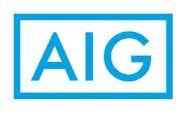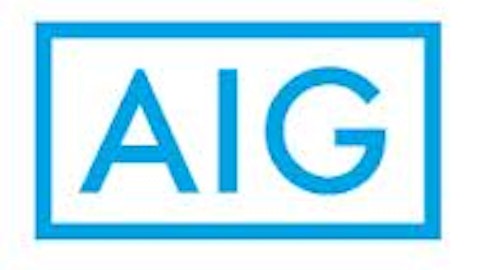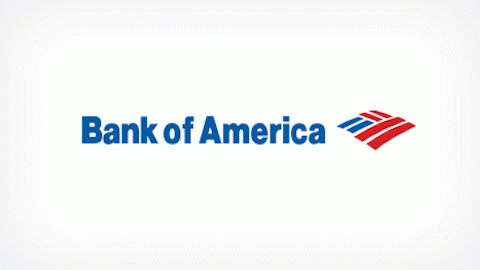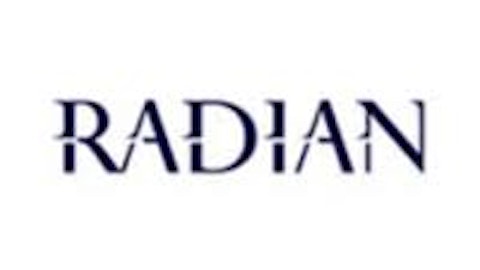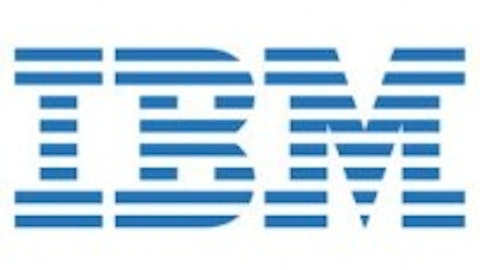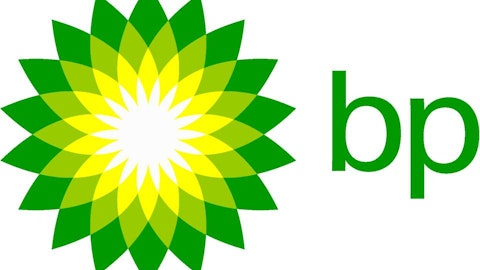American International Group Inc (NYSE:AIG), the insurance giant, undoubtedly has had a wild ride over the past six years, after the U.S. government made a $182.5 billion bailout loan in exchange for 80% of AIG’s near worthless stock. Since 2009, new CEO Robert Benmosche has been trimming fat to focus on AIG’s core businesses: Property & Casualty and Life & Retirement Insurance. Hedge funds have been buying in on AIG for months, posting 20%-30% gains already this year. But is there still more room to run for this leaner, meaner insurer?
How Insurance Works
Insurance companies collect revenues in two main ways: insurance premiums and investment income. The insurance premiums are held as liabilities in their books, to pay against future claims policyholders may need to take out. In the meantime, however, these premiums get put to work as investments in the market, typically in a blend of fixed-income instruments.
As long as the amount of claims is less than the amount of premiums taken in and the money made off those premiums from investing, insurers will be bringing in cash — and they usually do.
Looking Abroad
Based on net premiums written (commonly referred to as float), in 2011 AIG Property Casualty was the largest U.S. commercial insurer in the U.S. and Canada, the largest U.S.-based property casualty insurer in Europe, and the largest foreign property casualty insurer in Japan and China. AIG Property Casualty was first to market in many developing nations, and it’s well-positioned to enhance its businesses in countries such as China, India and Brazil.
In 2012, the crown for the largest U.S. commercial insurer moved to Metlife Inc (NYSE:MET), followed still closely by AIG. However, as Fairholme Capital outlined, AIG has price-leadership for its product, giving it a clear competitive advantage as the two companies fight over new customers in these emerging markets.
American International Group Inc (NYSE:AIG) is trading at a price-to-book ratio of 0.67, a significant discount to what it’s actually worth, especially when compared to the insurance industry average P/B of 1.5. AIG also has a very effective business, with an operating margin of 10.39%. Metlife Inc (NYSE:MET) and Prudential Financial Inc (NYSE:PRU) have operating margins of 8.59% and 2.09%, respectively.
The Bad News
If American International Group Inc (NYSE:AIG) is so great, why is it still cheap? For one thing, AIG has not issued a dividend since the government takeover, compared with an industry average 1.5% yield. AIG is also the most hated company in the U.S., according to Harris Interactive’s 14th Annual Reputation Quotient Survey. In addition, a major insurance rating agency, A.M. Best, which measures insurance companies’ ability to pay claims, has given AIG a bbb rating — the equivalent of a C in grade school.
However, the most substantial drawback has been the rock-bottom interest rates that the Fed has been enforcing, which are stunting the earnings growth of the fixed-income instruments in AIG’s portfolio.
The Good News
Fortunately, all these problems are temporary! A dividend is already in the works to be reinstated within the next year or so.
As for American International Group Inc (NYSE:AIG)’s reputation, people and the media always seem to have a tendency to move on and forget the past or forgive. AIG paid back all they owed to the government and then some, so people have little reason to be mad at it anymore.
AIG’s financials have also been showing signs of strengthening, and will undoubtedly receive a higher ranking by A.M. Best in the coming years. Most importantly in Fed Chairman Ben Bernanke’s latest press conference, it was made pretty clear that the Fed’s stimulus will end in mid-2014, bringing interest rates back up, and bringing profitability back to all insurance companies’ investment portfolios.
One Man’s Trash is Another Man’s Treasure
American International Group Inc (NYSE:AIG) had a stranglehold on in the insurance arena before its big disgrace. Since then, it’s had to sell off many of its businesses at discounted prices — unfortunate for them, but good for their purchasers.
